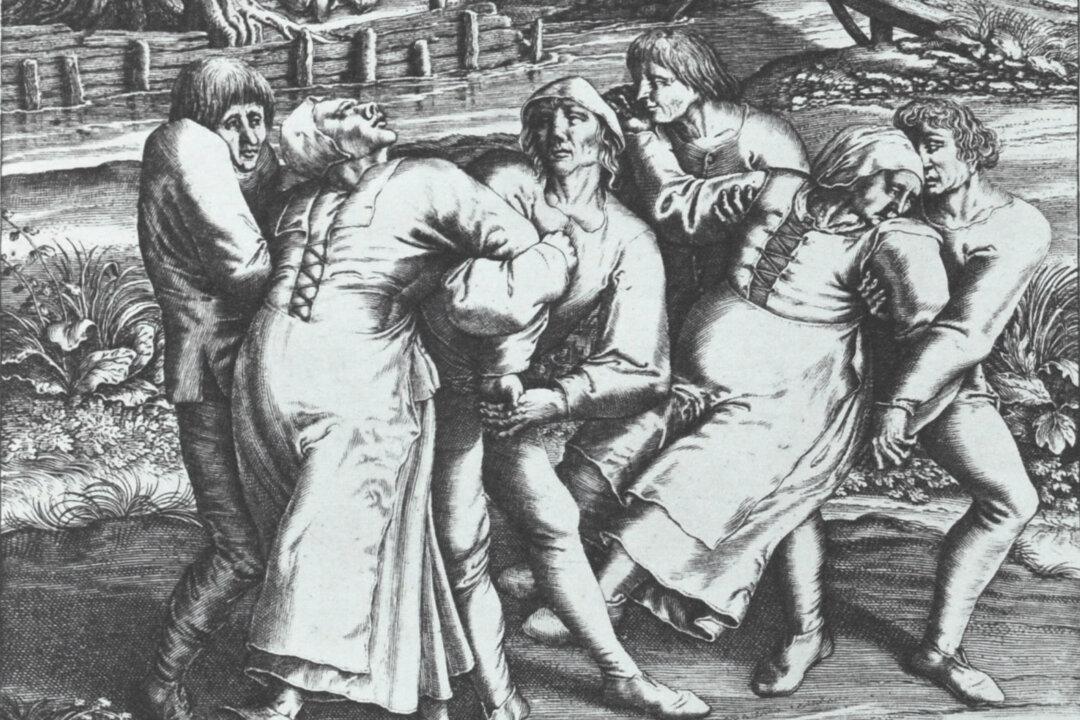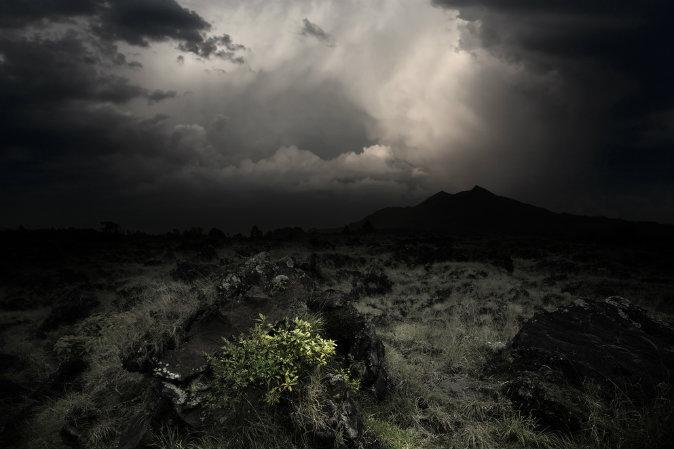Mass hysteria is a term used to describe the situation in which physical or psychological symptoms appear en masse, spreading rapidly throughout communities, and occasionally across whole cities and countries. During an outbreak, afflicted individuals may experience uncontrollable laughter, fainting, fits, dizziness, muscle weakness, or any number of other symptoms that do not appear to have any physical cause. Cases of hysteria have been reported all over the world for centuries and provide a fascinating insight into the complex nature of human psychology.
The term ‘hysteria’ derives from the Greek word ‘hystera’ meaning ‘uterus,’ and is generally attributed to the ancient Greek physician Hippocrates. However, the association with the uterus goes all the way back to the ancient Egyptian Kahun Papyrus (1900 B.C.), which identifies the cause of hysterical disorders as being the spontaneous movement of the uterus to various locations within the female body.
By the Middle Ages, this was replaced by a belief in witchcraft, demonic possession, or insanity as the cause. While occurrences of mass hysteria continue to confound the medical community, it is now generally believed to be linked to extreme cases of emotional or mental stress.
Here’s a look at some famous—and bizarre—cases of mass hysteria in history.
Medieval Dance Mania (13th– 17th Century)





